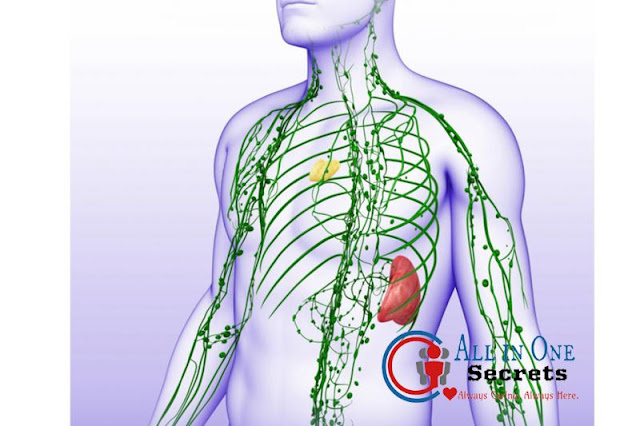The human body is made up of billions of cells. Cells are the small building blocks that make up the tissues and organs. At the beginning of a life, every organism consists of only one cell. This cell made a copy of itself (replication) and then split into two cells. In this article, How Cancer Cells Grow and Spread?
Cell Division
These two cells have then multiplied and divided so that the two cells have become four cells. These four cells have doubled and divided into eight cells and so on.
Cells specialize to perform certain tasks. Some cells join together to form a finger together, for example. Others become skin cells. Cells age and die after a certain period of time ("programmed cell death", apoptosis), and cell division causes new cells to emerge to take their place.
Normally, because of the information contained in their genome, cells "know" which other cells they can connect to and attach to - and they also know when to stop their division and die. Each cell type performs a specific function and has a specific set of information or instructions. For example, cells know how to make the right number of fingers on one hand, and that the fingers should grow only on the hands.
Every finger is covered with skin, and everyone has a fingernail. When you cut your finger, the skin cells begin to multiply and new skin is created to close the wound. If you lose a fingernail, the cells can grow a new nail. However, they cannot grow an extra finger: the rules by which cells multiply are clearly defined, and healthy cells stick to it.
Role of the Hormones and the Lymphatic System
Benign and Malignant Growth
A malignant tumor (cancer) differs from a benign or a tumor in that
He exceeds tissue limits,
Destroyed the surrounding tissue and
Develop Secondary Tumours.
Malignant tumors can be life-threatening. But there are also cancers that sometimes develop so slowly in the elderly that they cause no complaints during life. Benign tumors usually do little damage and usually do not become life-threatening. But there is no guarantee for it: Thus, benign growths can become dangerous through strong growth or sometimes develop into a malignant tumor after a certain time.
When cancer cells begin to divide, they do not behave like normal cells. For example, they do not know when to stop dividing and when to die off. On the other hand, they are not always firmly attached to each other. Therefore, they can separate from their cell structure and move through the vascular or lymphatic system to grow at another body site. This process is called metastasis.
Carcinoma in Situ
To grow further, such a tumor begins to form its own blood vessels to provide itself with the additional oxygen, glucose, and hormones it needs to survive and grow. This process of forming a vascular system is called angiogenesis (formation of new blood vessels). Once a tumor has started, it can invade the surrounding tissue. In this case, one speaks of invasive cancer.
Invasive Cancer
Cancer Therapy is Intended to Remove Tumour or Limit Growth
If you cannot surgically remove the tumor, medicines and/or radiotherapy are used directly. What the treatment looks like depends, among other things, on the type of tumor and the stage of the disease. Chemotherapeutics work in different ways. There are medicines whose purpose is to disrupt the growth of tumors, for example by preventing the formation of blood vessels that supply the tumor. Still, other medications are aimed directly at preventing the division of cancer cells or stopping their responses to hormones. Research is constantly looking for new ways to limit the growth and spread of cancer cells.

















No comments:
Post a Comment